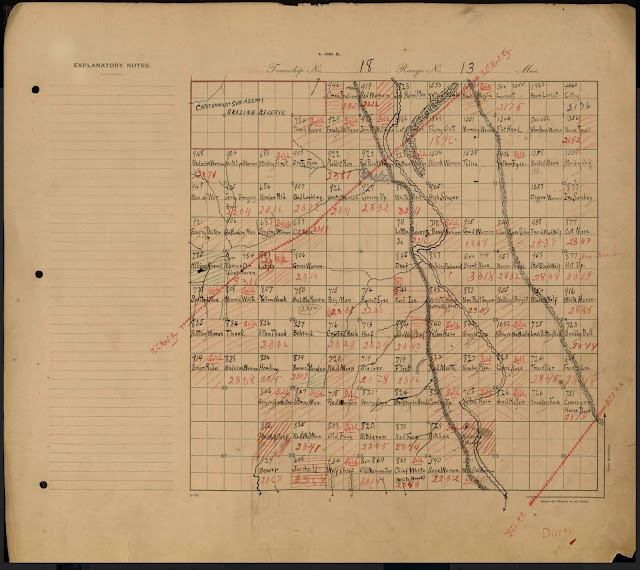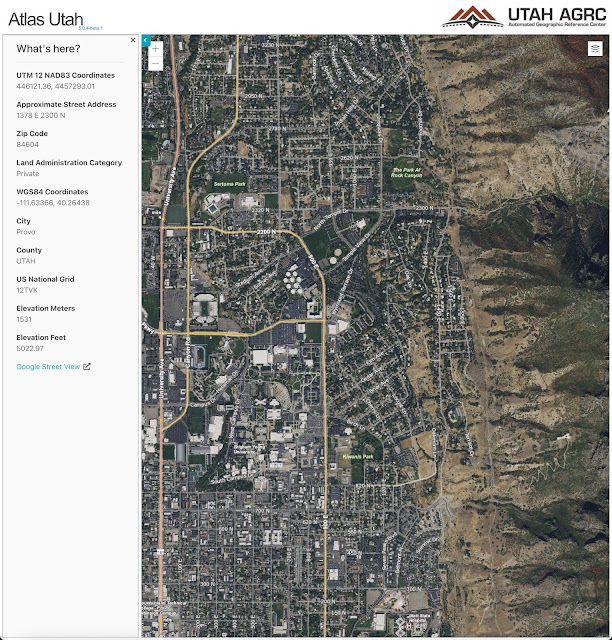 |
| The St. Johns Herald Thursday, August 28, 1919 Proceedings of the Board of Supervisors of Apache County, Arizona |
Historically, many government and private entities were required to publish legal notices in a newspaper of general circulation in the county where the event occurred. These notices included meetings of government agencies or committees, auctions, bankruptcies, convictions, court claims, divorces, forced sales, and probate matters. For example, the image above contains the minutes of the Proceedings of the Board of Supervisors for Apache County, Arizona on August 4th, 1919. The information in the notice includes payments made to various people for services to the county including payroll. As I look through this list, I can see the names of a number of my direct line ancestors and other relatives.
While some of these notices do not give more than a name, they do supply a date and an exact place and are therefore extremely valuable. As with many other genealogically valuable records, these notices are not classified as genealogical records and are not segregated out or specifically indexed. The newspaper record shown above has been indexed by Optical Character Recognition or OCR and so all of the names are searchable but that is not the usual case.
One interesting example of regularly maintained records is the town records of the early British American colonies.
 |
| Records of the Hopkinton Town Council, 1751-1916 [Rhode Island] |
The challenge of these records is that they are handwritten and unindexed so the researcher has to read through perhaps hundreds of pages to find one name. Probate records are particularly useful but have some of the same limitations however, there is usually some kind of index to court records. Almost all probate records contain some sort of accounting of the deceased person's assets. In some cases, there are also records of the sale of the deceased's property. The list of purchasers at the auction sale can be helpful in finding unknown relatives.
Here is an image of a probate record showing the sale of the estate assets with the names of the purchasers.
 |
| "Maryland Register of Wills Records, 1629-1999," images, FamilySearch (https://familysearch.org/ark:/61903/3:1:33SQ-GT55-6L5?cc=1803986&wc=SNYW-GPL%3A146534401%2C146835801 : 20 May 2014), Anne Arundel > Inventories 1818-1820 > image 35 of 250; Hall of Records, Annapolis. |
Some of these records have been digitized and are indexed online but the lists of purchasers from the probate estate are seldom, if ever, listed. Some of these indexes will become available only after handwriting recognition is readily available and used by the record repositories.
Of course, when you are trying to search court records, you may end up traveling to court houses and local historical societies to see the records.















































